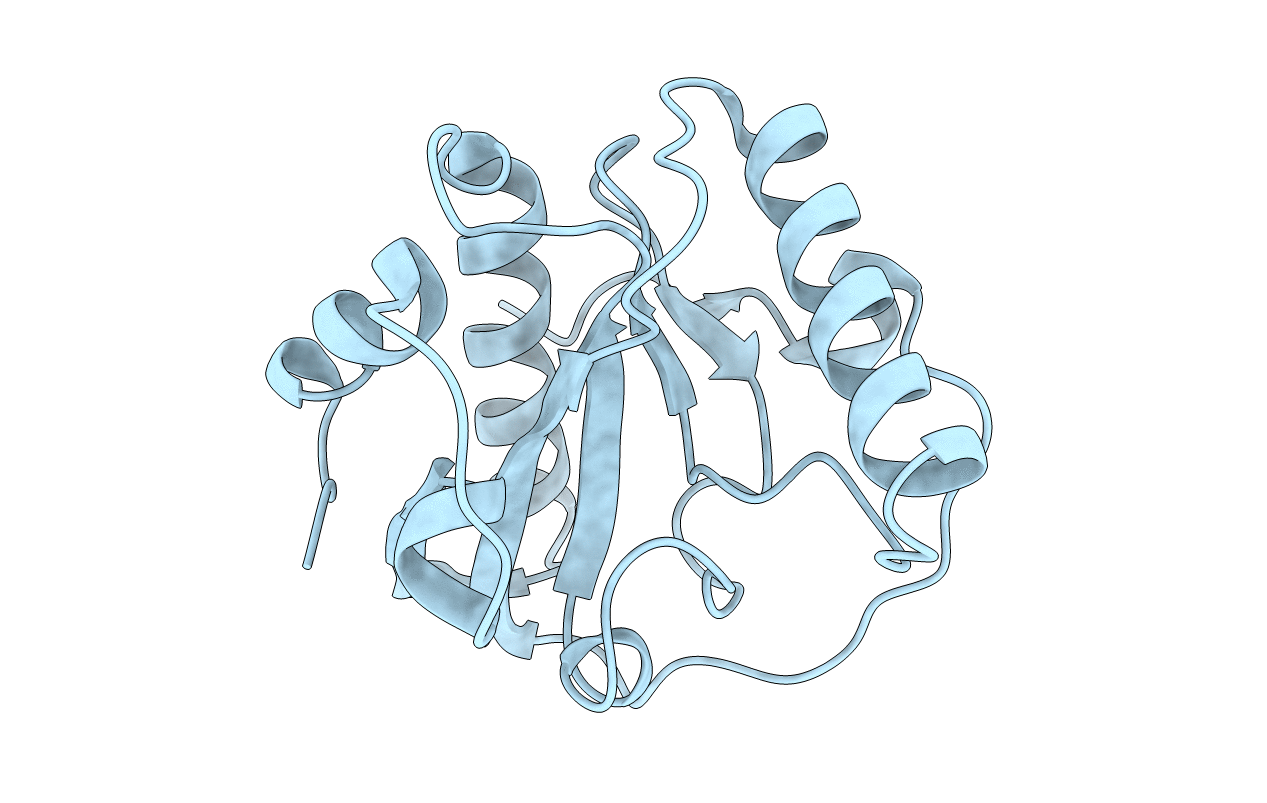
Deposition Date
2015-05-20
Release Date
2015-10-14
Last Version Date
2024-10-30
Entry Detail
PDB ID:
4ZXM
Keywords:
Title:
Crystal structure of PGRP domain from Branchiostoma belcheri tsingtauense peptidoglycan recognition protein 3
Biological Source:
Source Organism:
Branchiostoma belcheri tsingtauense (Taxon ID: 155462)
Host Organism:
Method Details:
Experimental Method:
Resolution:
2.80 Å
R-Value Free:
0.21
R-Value Work:
0.19
R-Value Observed:
0.19
Space Group:
P 32 2 1


